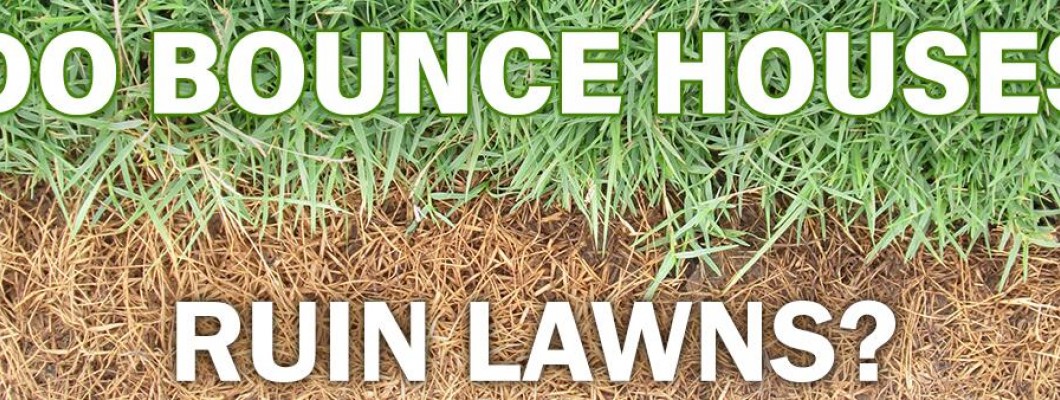
Bounce houses, also known as inflatable castles or jump houses, are a popular choice for outdoor fun and entertainment. However, setting up a bounce house on your lawn can raise concerns about its impact on the grass. Many people wonder if a bounce house will kill grass or if it will only cause temporary damage. Here’s a closer look at how a bounce house affects grass and what you can do to minimize any negative effects:
1. Understanding the Impact
A bounce house itself does not directly kill grass, but it can lead to conditions that may harm the lawn if not managed properly. The primary concerns are soil compaction, reduced air and water flow to the roots, and stress on the grass. Here’s how these factors come into play:
- Soil Compaction: The weight of the bounce house and the bouncing action can compress the soil underneath. Compacted soil reduces air and water flow to the grass roots, potentially leading to stress and poor grass health.
- Restricted Growth: Prolonged use of a bounce house in one location can block sunlight and airflow, both essential for healthy grass growth. Without sufficient exposure, the grass may struggle to recover and grow properly.
- Temporary Damage: The grass may experience temporary damage such as bare spots or discoloration due to the pressure and movement of the bounce house. However, this damage is generally not permanent if the lawn is properly cared for afterward.
2. Minimizing Grass Damage
To reduce the risk of significant damage to your grass, consider these best practices:
- Use Protective Mats: Place protective mats or tarps under the bounce house to help distribute its weight and minimize soil compaction.
- Rotate the Bounce House: Move the bounce house to different areas of your lawn to prevent concentrated damage and allow various sections to recover.
- Allow for Recovery: After removing the bounce house, give your lawn time to recover. Avoid placing heavy objects or setting up the bounce house in the same spot immediately.
- Water and Fertilize: Ensure your lawn is properly watered and fertilized to support recovery from any stress caused by the bounce house.
- Aerate the Soil: Regular soil aeration can help alleviate compaction and improve air and water flow to the grass roots.
3. Long-Term Grass Health
With proper care and attention, grass usually recovers from the temporary stress caused by a bounce house. Regular lawn maintenance, including mowing, watering, and fertilizing, helps maintain overall health and resilience. The grass should return to its normal condition if the bounce house is used responsibly and the lawn is well cared for.
4. Conclusion
While a bounce house can cause temporary stress and damage to grass, it generally does not kill grass outright. By following preventive measures and ensuring proper lawn care, you can minimize any negative effects and enjoy the benefits of outdoor fun without compromising the health of your lawn. With the right approach, your grass can stay vibrant and healthy, even with occasional bounce house use.
